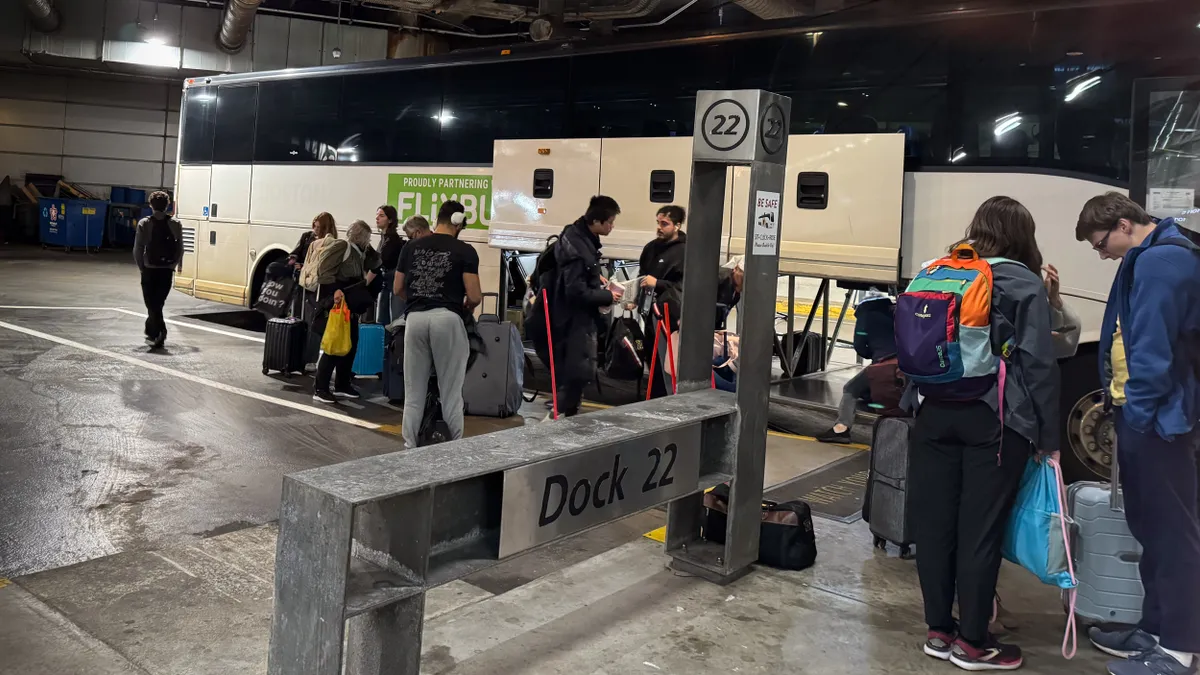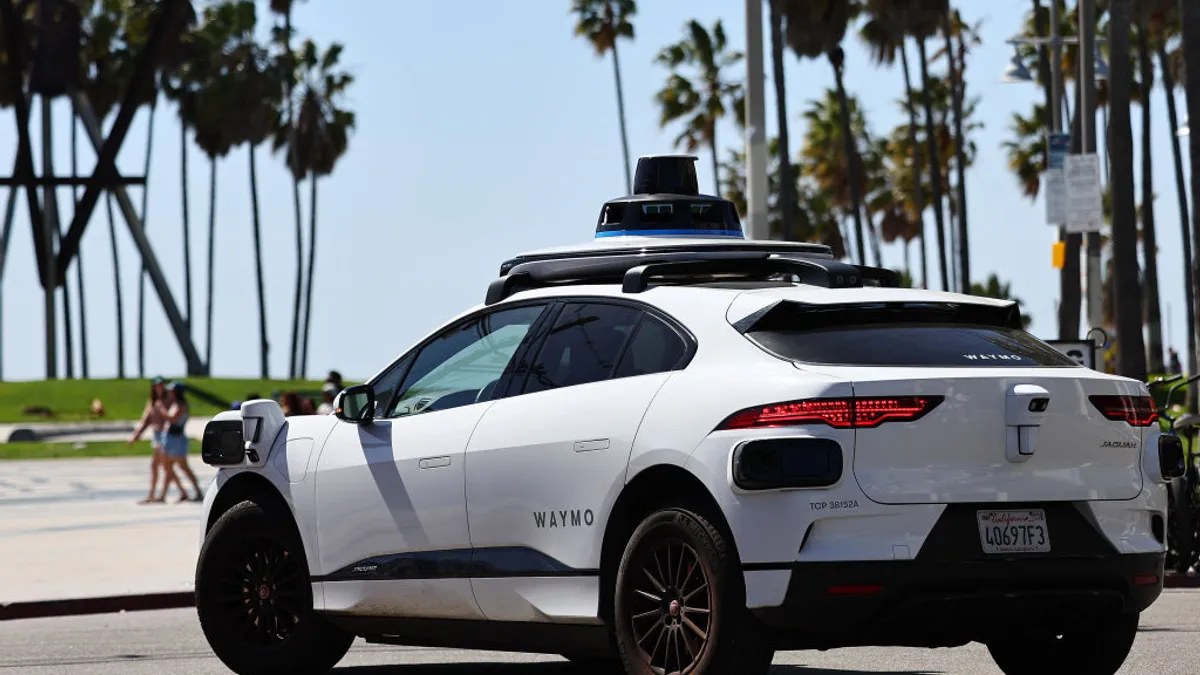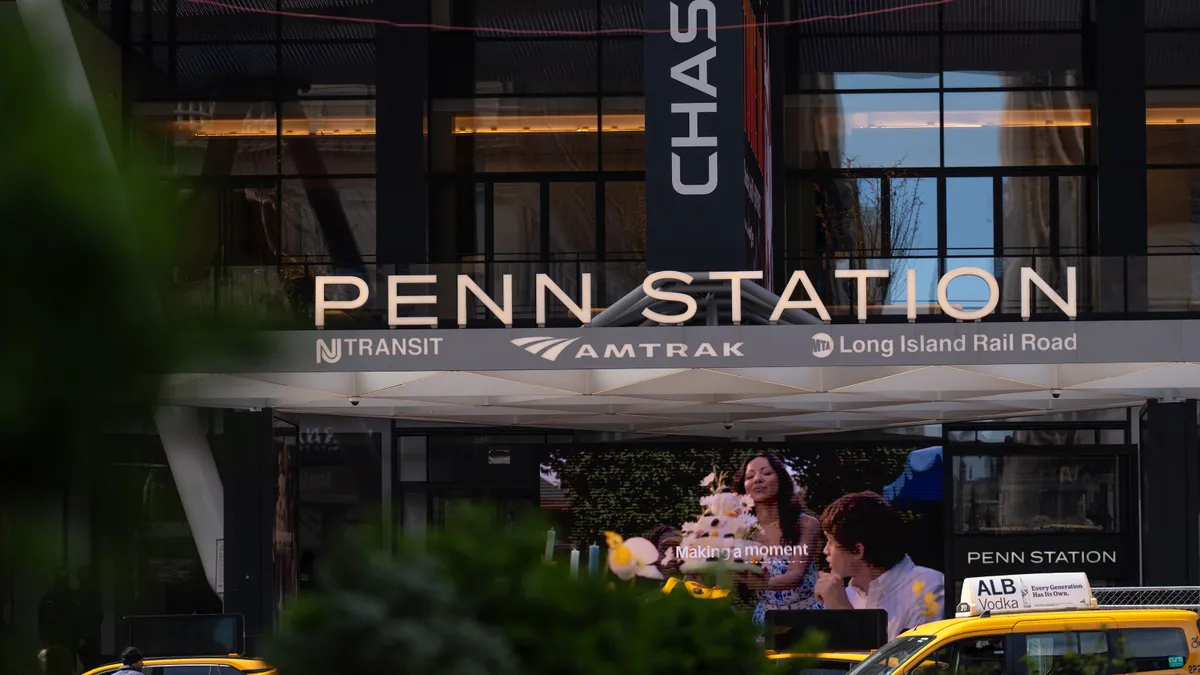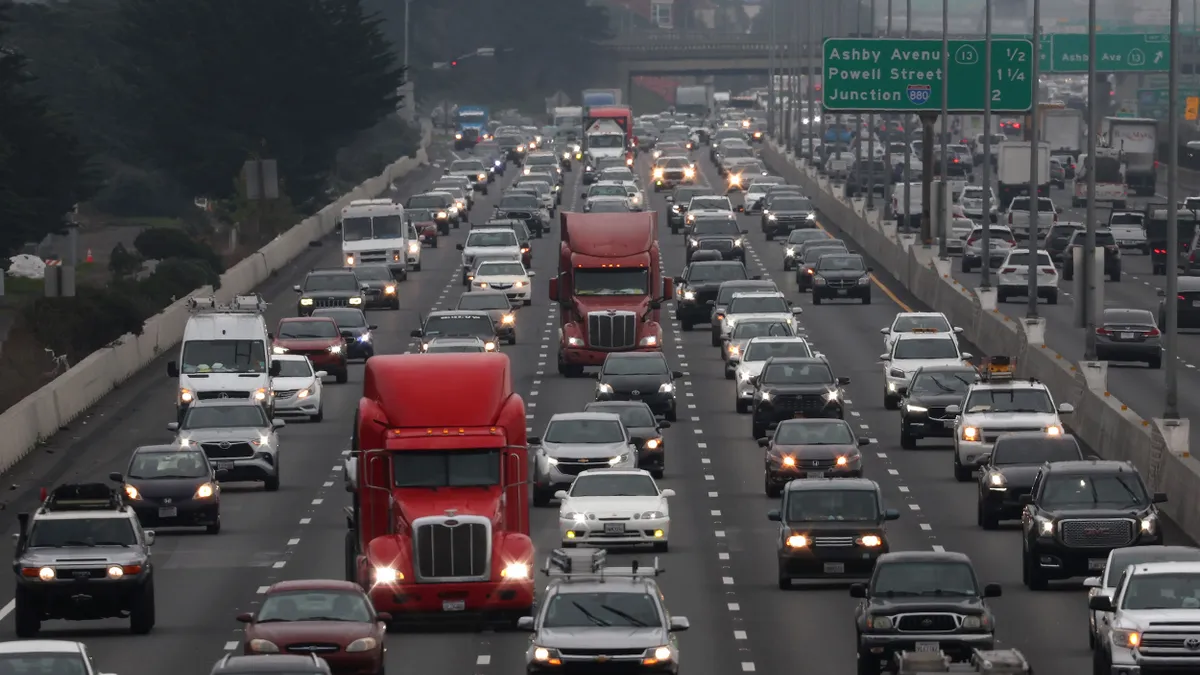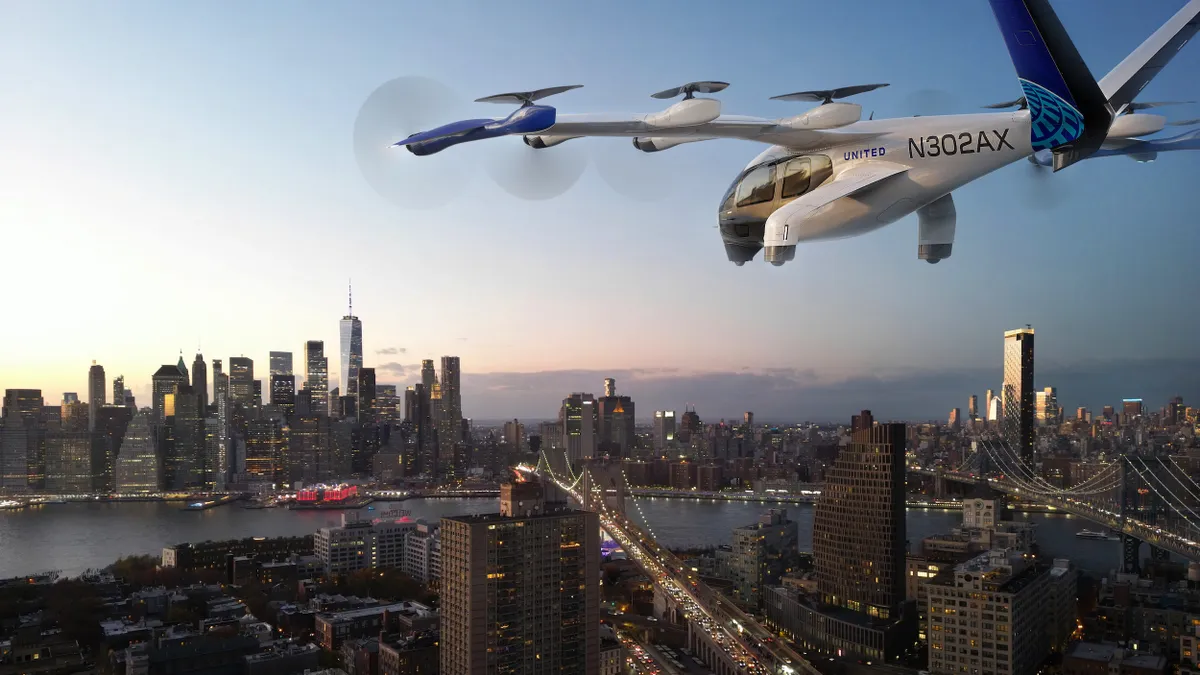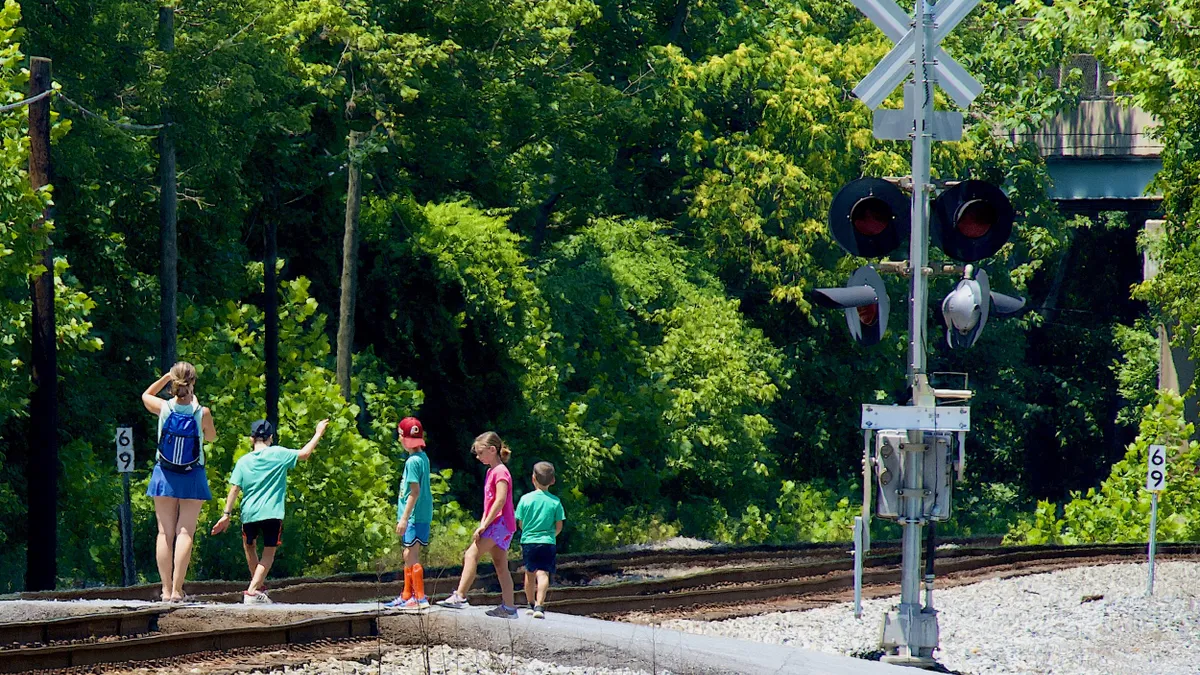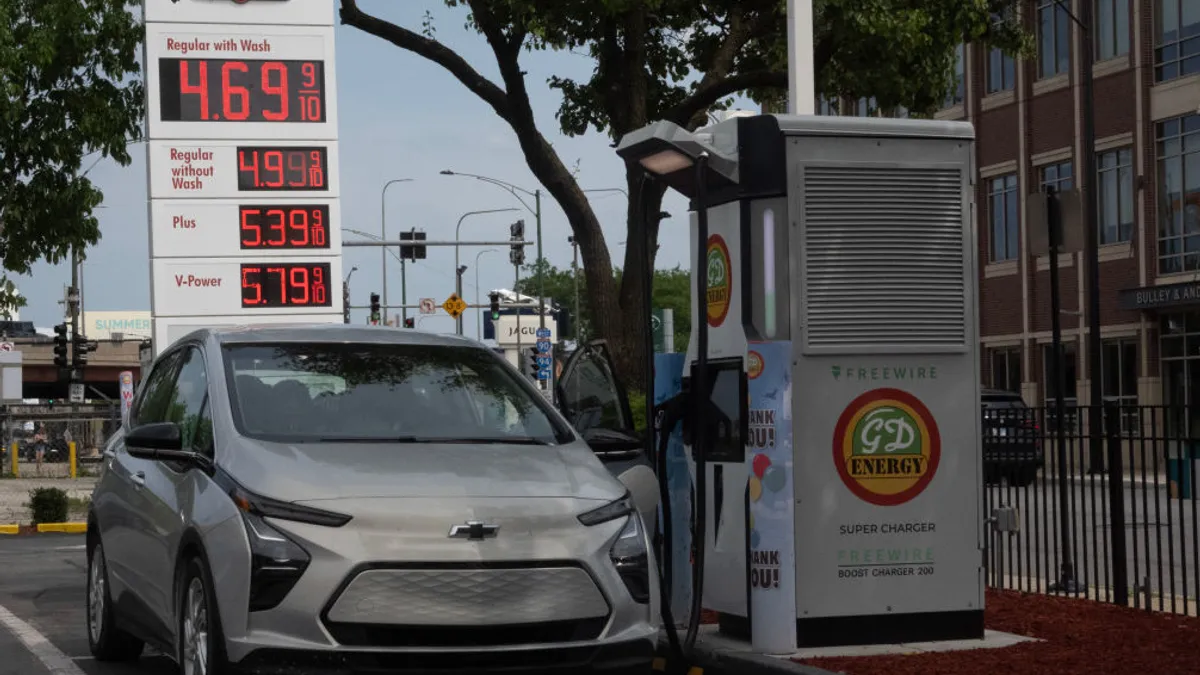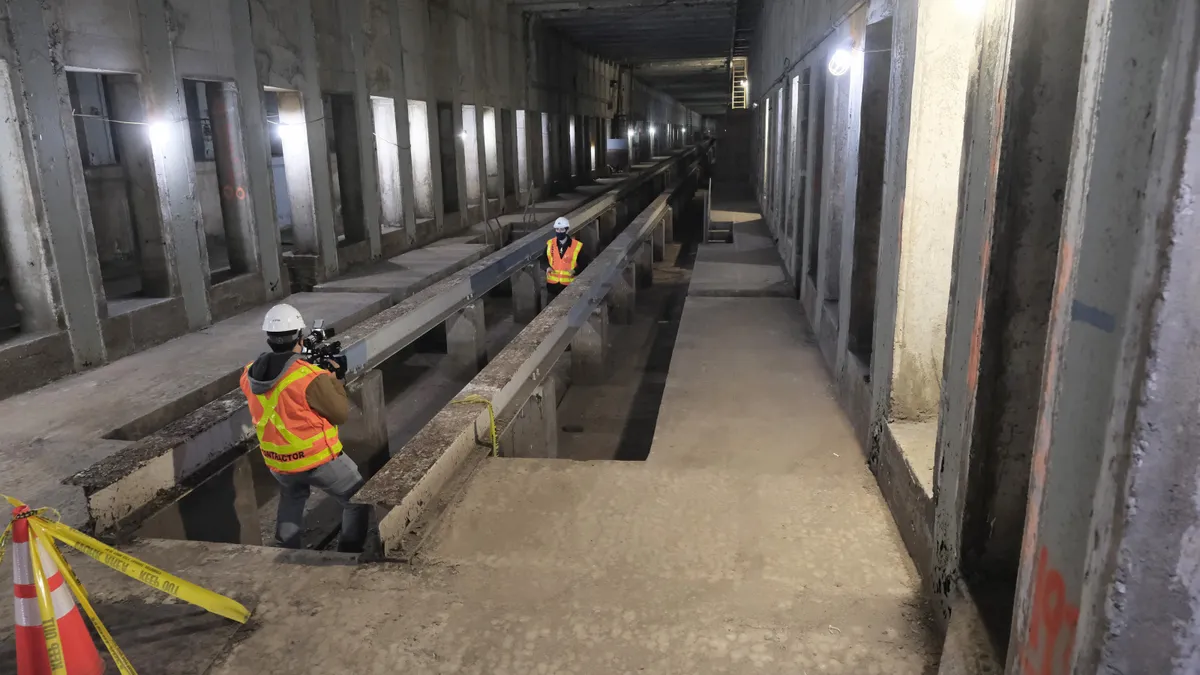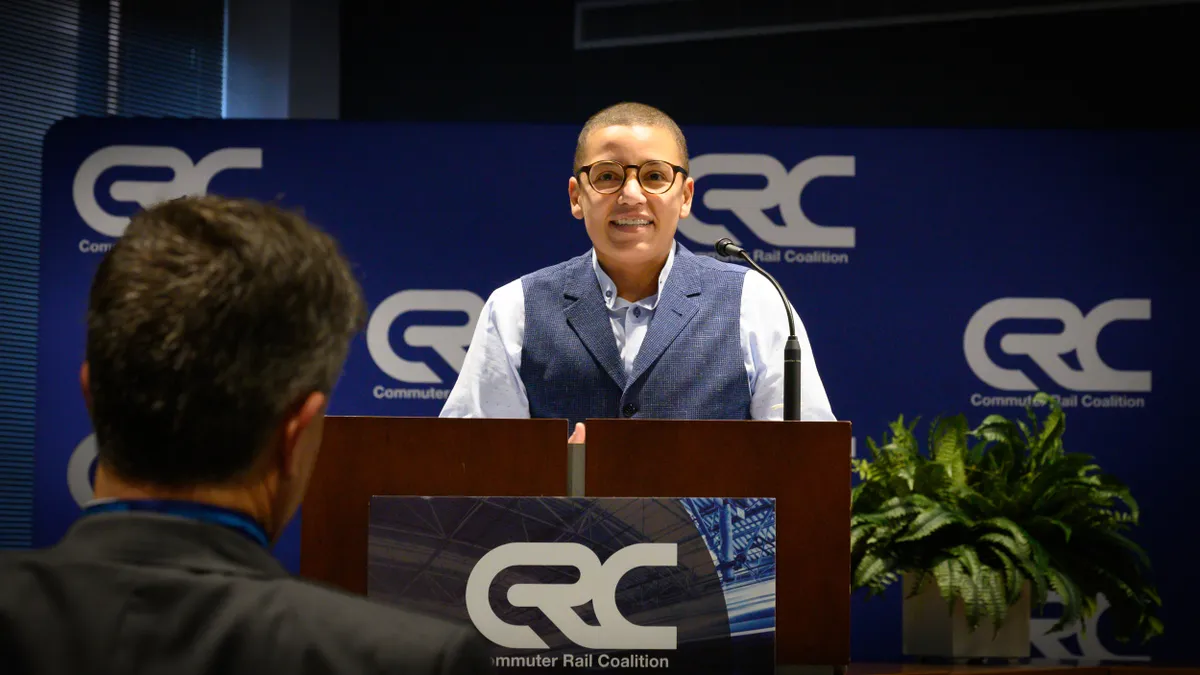Kai Boysan is CEO of Flix North America, parent company of FlixBus and Greyhound Lines.
As the Trump administration looks to reduce wasteful federal spending, it's the perfect time to reassess transportation funding priorities: How can taxpayer dollars be spent most effectively? With their cost efficiency; flexible, demand-responsive operations; and minimal reliance on ongoing subsidies, privately operated intercity buses offer one of the highest returns on investment for federal transportation funding.
For decades, federal transportation funding has disproportionately favored high-cost, heavily subsidized modes like rail. We estimate that intercity bus subsidies deliver more passenger-miles per dollar spent than any other mode of surface transportation — making them one of the highest-return investments for taxpayers while providing an essential service to millions, including some of the nation’s most vulnerable populations. Now is an opportunity for the Trump administration and Congress to recognize intercity bus benefits to taxpayers and the broader economy and to take steps to revitalize and expand this least-subsidized and least-understood mode of transportation through supportive public policies and legislative changes.
Here’s what’s important to know:
Intercity buses reach more destinations with less federal funding than other modes of U.S. transportation. Intercity buses connect more than 6,000 stations across the U.S., more than 12 times as many locations as long-distance passenger rail and commercial airlines. Buses reach major cities and rural communities alike, ensuring that residents in remote areas have reliable, affordable transportation to access employment, education, medical services and more.
Despite this wider reach and impact, intercity buses receive very little public funding. Under the 2021 infrastructure bill, funds authorized for intercity bus capital and rural operating expenses were only one-third of one percent of the funds authorized for passenger rail and public transit. The imbalance is even worse when COVID-19 relief funds are included.
Moreover, investing federal funds in intercity bus service does not create a permanent obligation. Significant improvements to the passenger experience can be achieved with relatively small public investments.
Largely private, market-driven intercity bus companies are more cost-efficient and responsive to customers. Intercity buses are considerably more cost-efficient than other modes of long-distance travel. Buses primarily use existing roads and highways, which eliminates the need for expensive surface infrastructure investments. This significantly reduces upfront costs and maintenance costs.
Moreover, intercity bus service is largely privately operated. Private operators have a market incentive to be competitive with one another, cut waste, attract customers and find operating efficiencies that government-run transportation modes do not.
And intercity bus companies are making substantial investments to better serve customers.
We are improving the efficiency, safety, and environmental performance of our fleets. We are revamping business models to address high costs and dramatically transform operations. We are investing in advanced technology that enables route optimization, better on-time performance, simplified ticketing and improved customer experience. This all makes bus travel more efficient and reliable without placing long-term financial pressure on taxpayers.
It’s also important to note that these companies contribute to the Highway Trust Fund through fuel taxes, which helps to maintain the very roads we use. That further reduces the need for direct public subsidies.
Intercity bus service is flexible and scalable. Exceptional flexibility is another advantage of intercity bus service. As evidenced by Flix North America’s double-digit growth in intercity bus miles over the past two years, we can easily adjust routes to meet demand or expand to new markets, providing a dynamic transportation network that adapts quickly to changing travel patterns.
Unlike Amtrak, which has required more than 50 years of federal support on a largely static network without achieving self-sufficiency, the intercity bus network is flexible and growing. Each bus company independently adjusts services to find successful routes, with minimal government support.
Targeted federal investments could reap dividends across transportation modes.
The most impactful use of targeted federal investments would be infrastructure improvements such as the construction or renovation of intermodal transportation hubs. Many local transportation centers that exist currently may need small upgrades to accommodate intercity buses.
In addition, the government should encourage more partnerships between private intercity bus companies and public transportation agencies such as those that facilitate intermodal transportation. These partnerships could lower terminal unit costs per passenger, enhance safety and security through shared personnel and infrastructure and facilitate smoother intermodal transfers, ultimately leading to expanded service and increased ridership. Where market-driven, independent buses and Amtrak are co-located, for example, we’ve found that each feeds the other with passengers.
Some state transportation departments provide small federal subsidies to intercity bus companies to connect rural towns to the national bus network. These routes start out as unprofitable. However, as seats fill up, per-trip subsidies decrease, freeing up those funds to expand similar bus services to reach more of rural America.
As the Trump administration sets its transportation priorities, it is crucial that intercity buses be included in the conversation. It should focus on integrating these buses into urban transportation centers, enhancing station security and expanding service to more of rural America. By prioritizing these efforts, we can maximize efficiency, expand access, and ultimately reduce the long-term burden on taxpayers.


